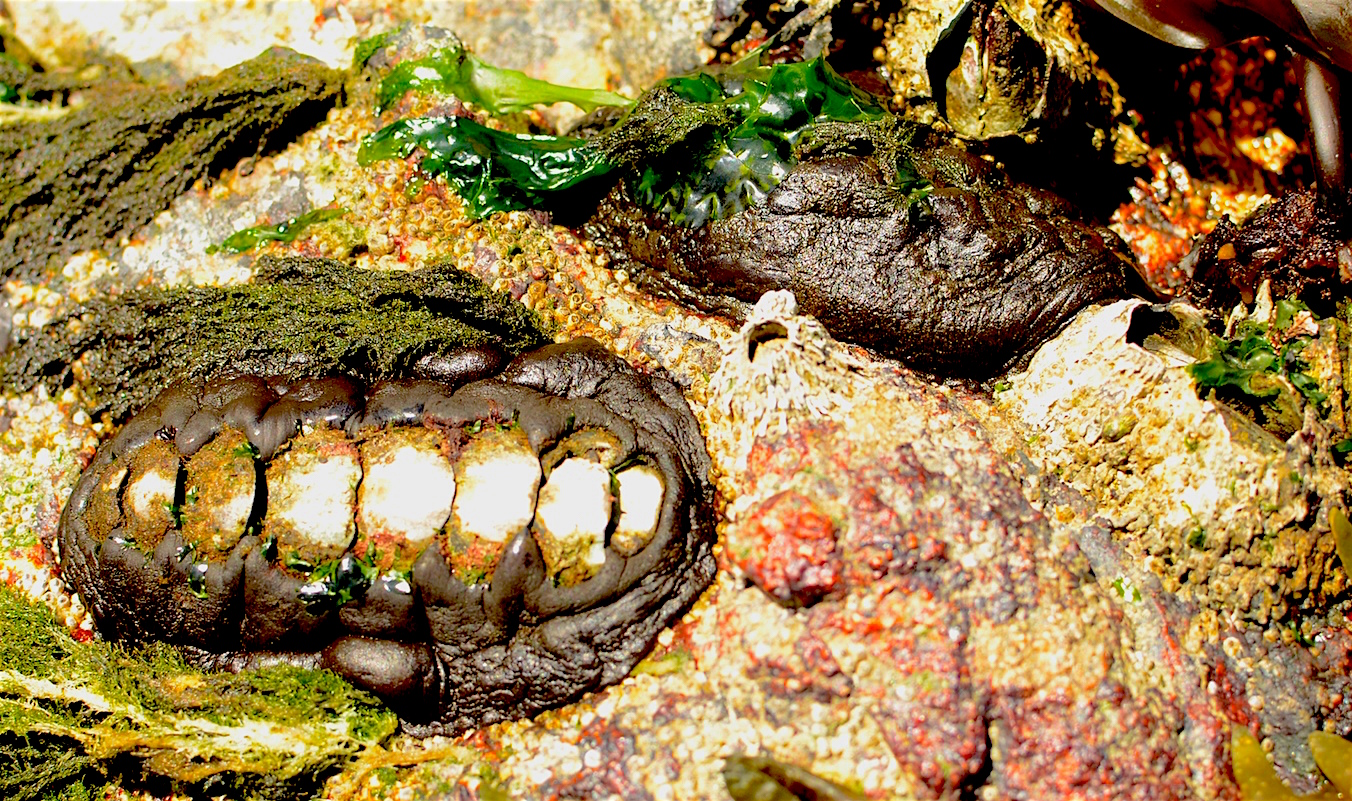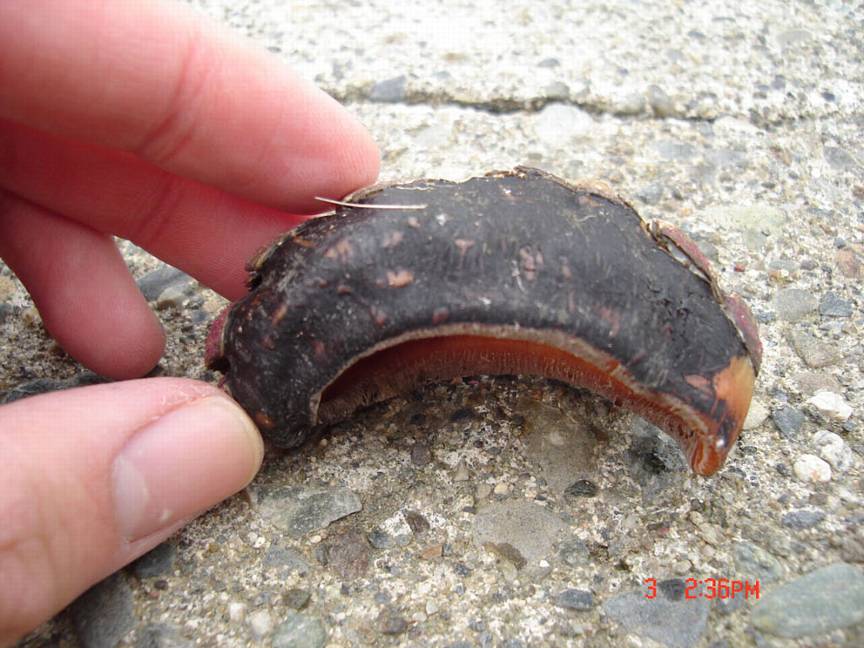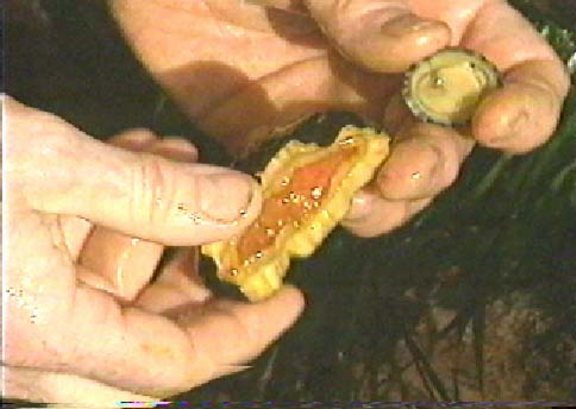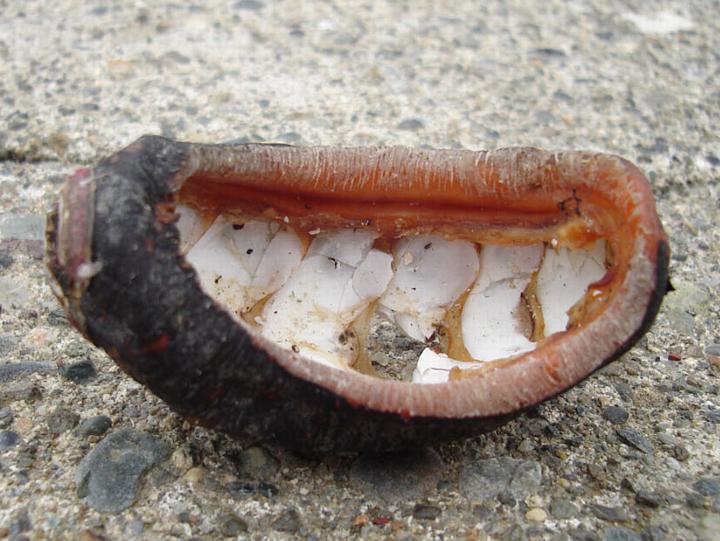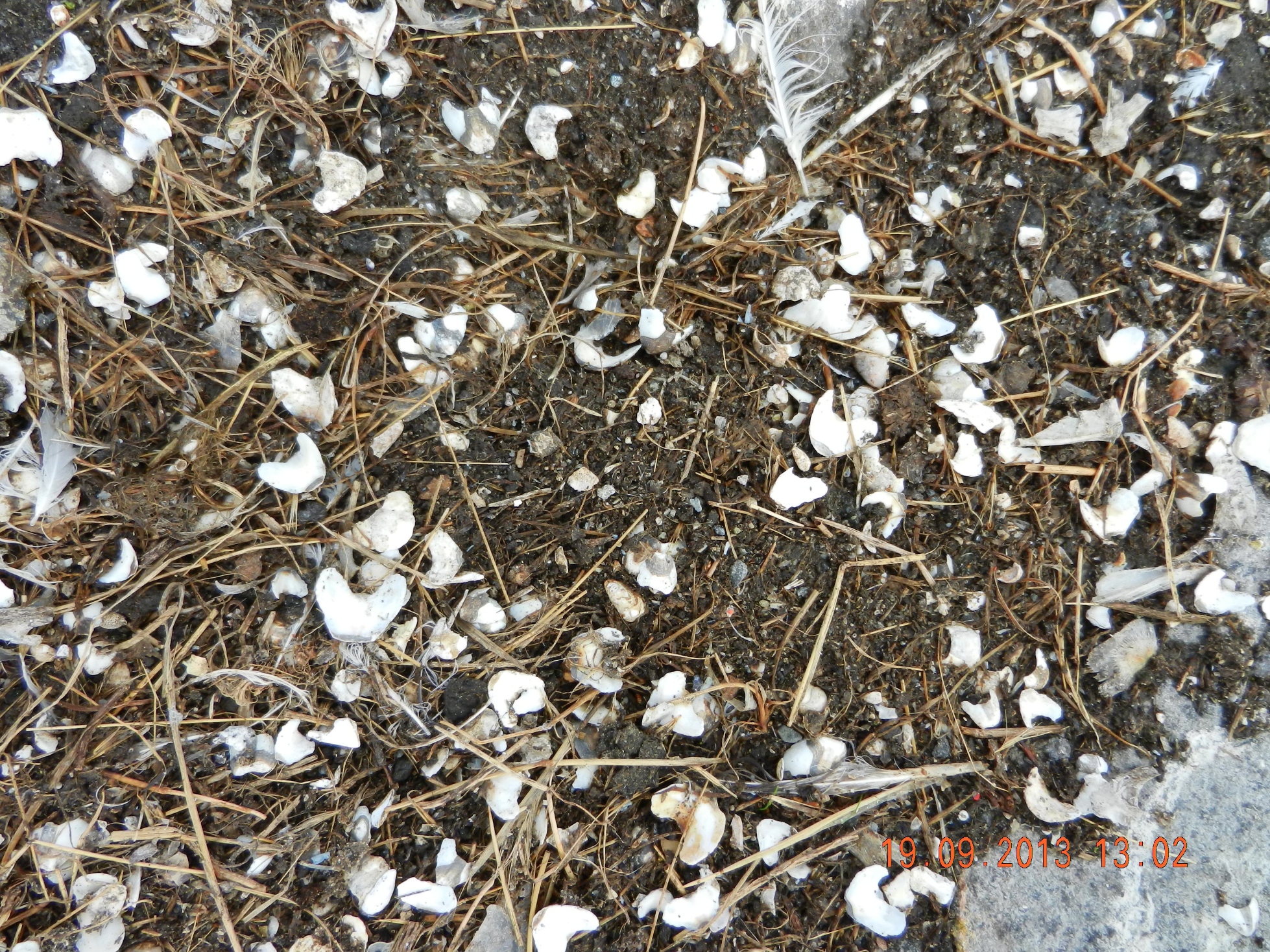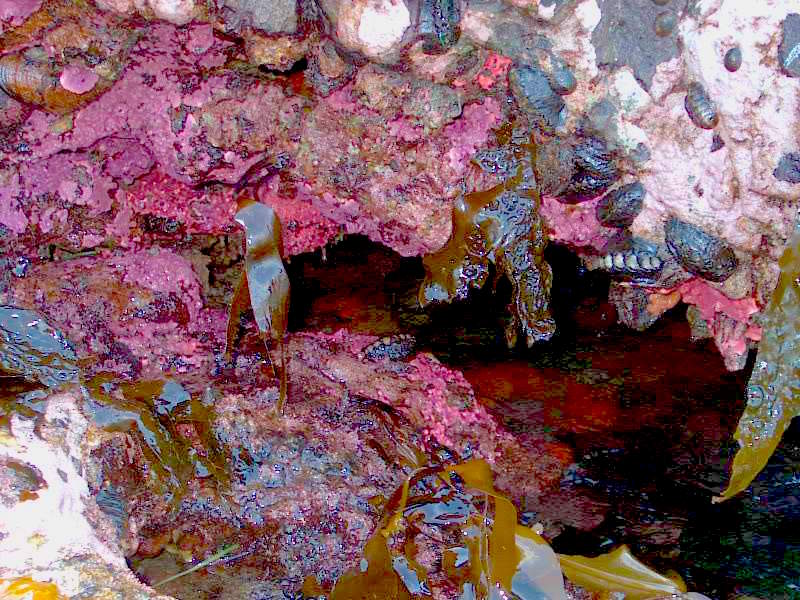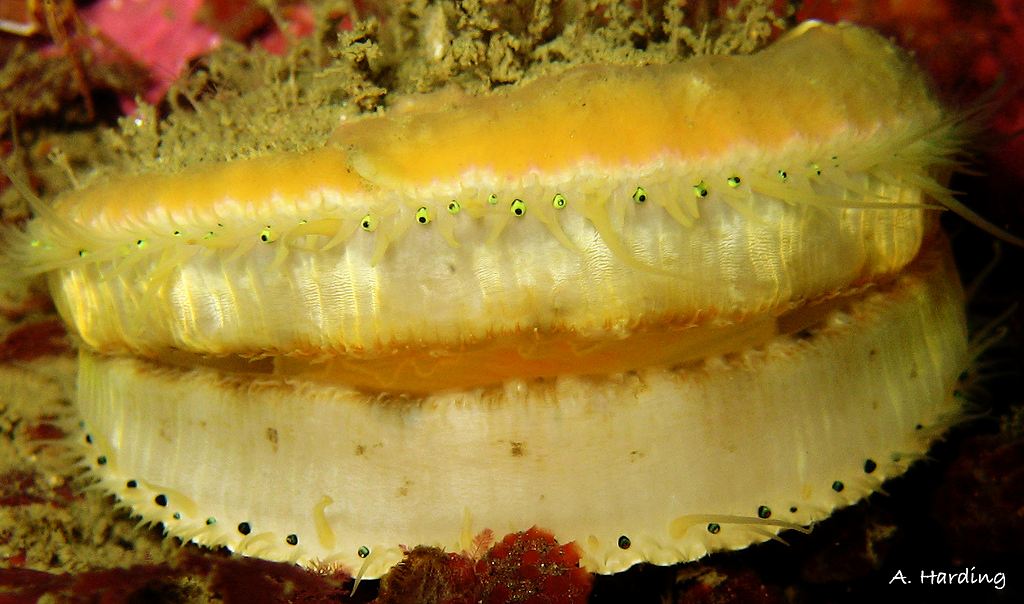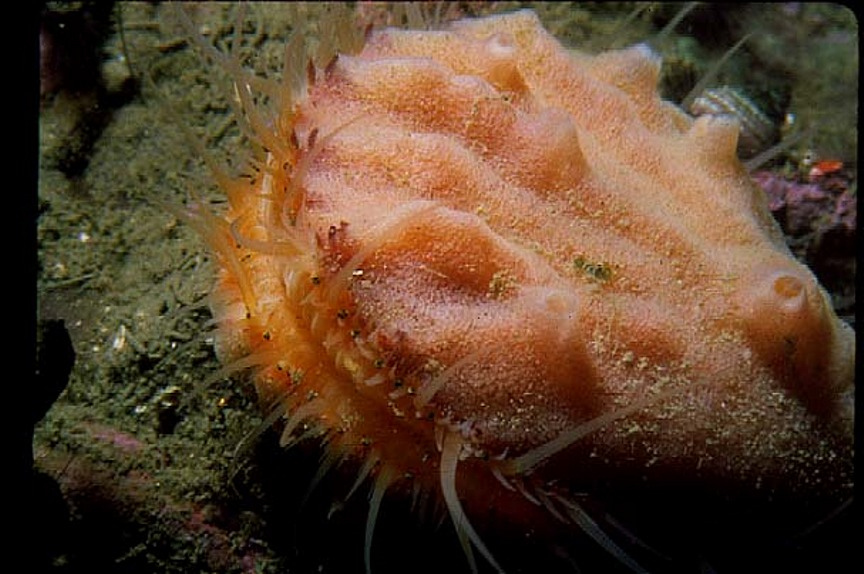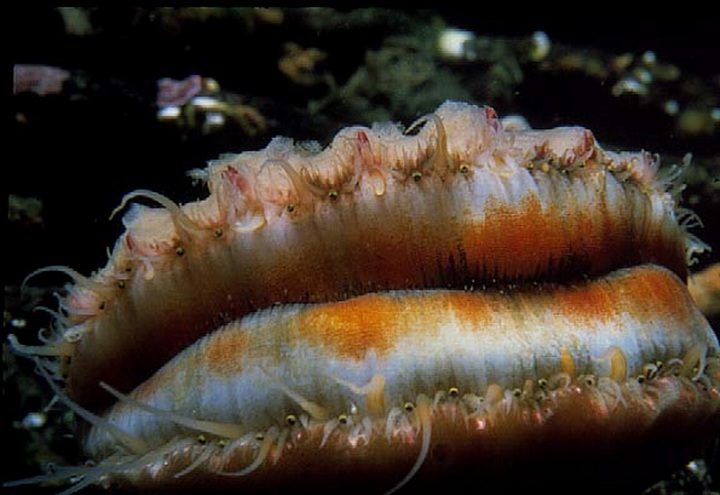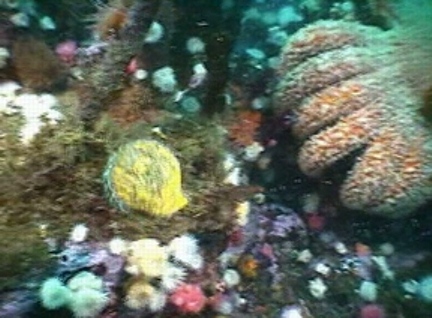 PURPOSE: This lab enables you to experience in a small way the process of mariculture, involving everything from planning, experimentation, siting and the economics of the process. It will further give you a chance to review some of the concepts you have studied in the course.
PURPOSE: This lab enables you to experience in a small way the process of mariculture, involving everything from planning, experimentation, siting and the economics of the process. It will further give you a chance to review some of the concepts you have studied in the course.
OBJECTIVES: After doing this lab, students will be able to:
a) Understand the elements of costs involved in food production.
b) Relate to the problems of fouling, predation, parasitism and environmental impact.
c) Electronically and statistically document and analyze your findings.
d) Prepare an individual report on the process you have encountered .
-

-
Environmental Systems Student with tray ready to be photographed.
-

-
Note ruler for measurement
-
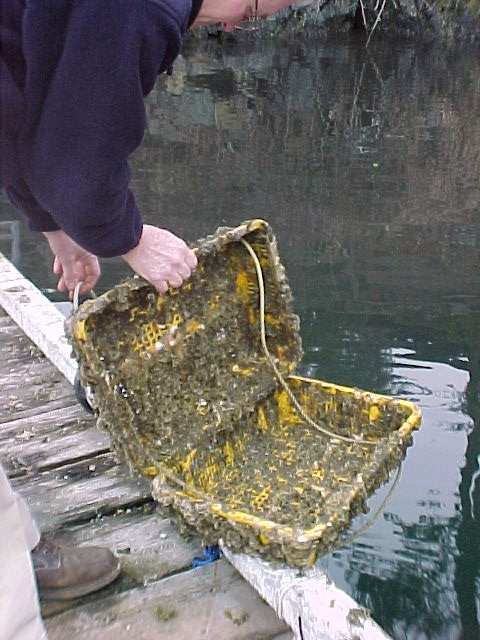
-
Fouling growth on baskets after 2 months
-

-
Inspection of suspended tray at the college docks.
PROCEDURE:
1. In groups of 3 or 4 discuss the objectives and procedure to be sure you clearly understand them. Question the teacher where necessary, and record the process you are going through at each step.
2. Make an initial attempt to define the roles of the group, but revisit them periodically to be sure that one person is not being left with the bulk of the work. Record this as well. You should also be sure that everyone involved understands each step of the process rather than overspecializing.
3. Since the goal is to produce a model of a mariculture setup, with all it’s inherent problems and achievements, you will be given some basic parameters to work with but must plan what is necessary to achieve the goals.
4. All costs are in an arbitrary currency we will call mussel dollars.
The present value of ten mussel dollars ($10m) can be equated to what the current cost of a Kilogram of mussels is in the marketplace
Lease cost of equipment :
| Cage and equipment: $m1.00 |
Lease Space: $m1.00/mo |
Seed Stock:$m1.00/doz |
| Computer rental $m.50/hr |
Labor Cost:$m1.00/hr |
Lab space Costs: $m.50/hr |
| Franchise cost: $m10.00 |
Insurance costs$m1.00/mo. |
|
5. You will be given one month to complete the project (Apr1). You will be responsible for progress reports every two weeks to the teacher (Your company is a subsidiary of that of the teacher called mothermussel.com.) (using the media of your choice ) .
6. A record of the initial size of your mussels should be done using the scanner. Be sure to ask for help on how to do this, as a transparent sheet has to be used . This will become an important record for future calculations. Alternately, you can use the digital camera with the ruler included for a photographic record.
7. You will be required to include in your final report, a calculation of wet and dry biomass, and if possible, an energy conversion for your data.
8. Since this is not a full scale operation you are doing, you should devote a section of your analysis to the scaling-up conversions.
9. Be careful, Mussel mariculture has inherent risks: Be sure to list all of these in your analysis!!
10. Each one of you must do research on the internet and in the library ( see the mariculture magazines, eg.Aquaculture North America to find out the global picture on mussel mariculture. In your final report, answer such questions as : Where and to what extent does mussel mariculture take place? How important is mussel production for human consumption on a world basis in comparison to other protein sources. Is there an environmental impact associated with this industry.
OPTIONAL: Use software such as ” NIH Image ” to measure the surface area of each individual mussel for growth comparisons.

